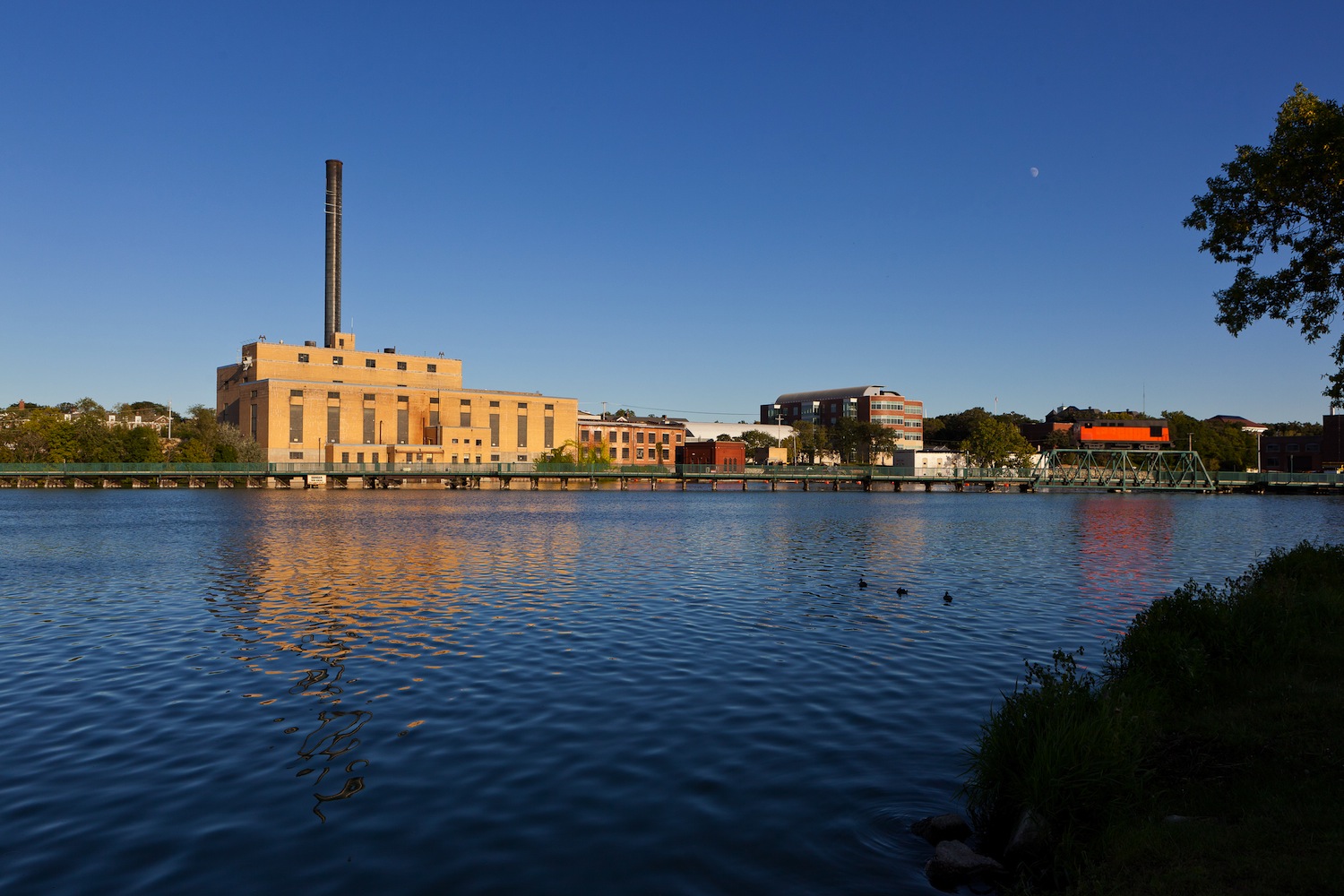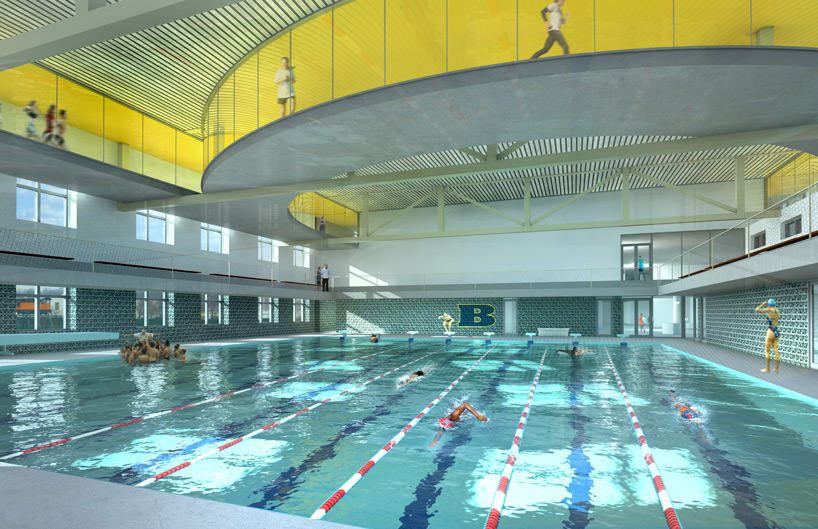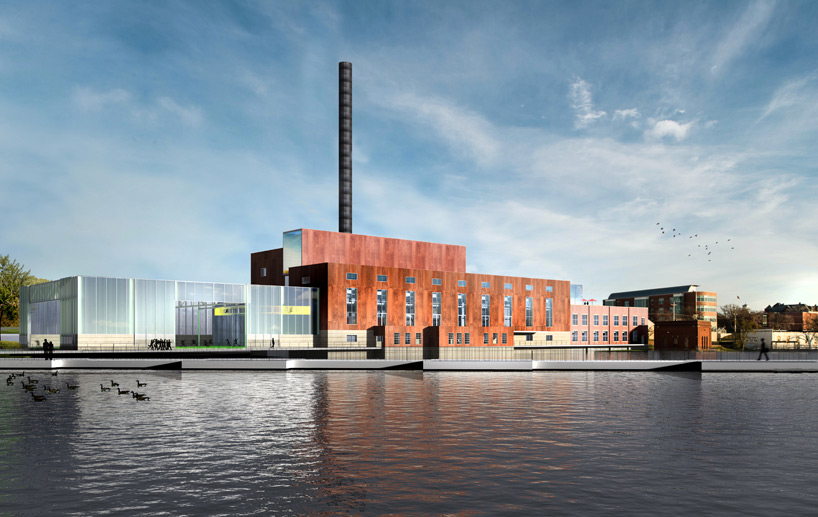Beloit College announced that it has selected Studio Gang Architects to lead the conversion of a century-old power plant along the Rock River riverfront in Wisconsin.
The school’s board of trustees approved the selection on Saturday after a series of updates regarding the power plant’s sale from Alliant Energy to the college. If all goes well, the school said in a release that Alliant Energy would formalize a transition of the property in 2016.
The release reveals that a “selection committee comprised of Beloit trustees, staff, faculty, and students selected Studio Gang for their creativity, talent, vision, and care, but most of all—their enthusiasm for approaching this project as both collaborator and partner, learner and leader.”
According to designboom, the power plant will be converted into a recreation facility with a coffee shop, lounges, club rooms, a conference center, lecture hall, and theater.
In addition, a sporting facility will also be housed in the building, equipped with a three-lane track, eight-lane competition swimming pool with seating for 250 spectators, a 10,000-sf fitness center, and a 17,000-sf gymnasium.

Alliant Energy's Blackhawk Generating Station, here flanked (left) by Beloit College's Aldrich Residence Hall and Center for the Sciences (right). The cupola of the college's Middle College administration building is visible to the far right. Photo credit: Trevor Johnson.
Related Stories
| Sep 16, 2010
Gehry’s Santa Monica Place gets a wave of changes
Omniplan, in association with Jerde Partnership, created an updated design for Santa Monica Place, a shopping mall designed by Frank Gehry in 1980.
| Sep 16, 2010
Green recreation/wellness center targets physical, environmental health
The 151,000-sf recreation and wellness center at California State University’s Sacramento campus, called the WELL (for “wellness, education, leisure, lifestyle”), has a fitness center, café, indoor track, gymnasium, racquetball courts, educational and counseling space, the largest rock climbing wall in the CSU system.
| Sep 13, 2010
Community college police, parking structure targets LEED Platinum
The San Diego Community College District's $1.555 billion construction program continues with groundbreaking for a 6,000-sf police substation and an 828-space, four-story parking structure at San Diego Miramar College.
| Sep 13, 2010
Campus housing fosters community connection
A 600,000-sf complex on the University of Washington's Seattle campus will include four residence halls for 1,650 students and a 100-seat cafe, 8,000-sf grocery store, and conference center with 200-seat auditorium for both student and community use.
| Sep 13, 2010
Second Time Around
A Building Team preserves the historic facade of a Broadway theater en route to creating the first green playhouse on the Great White Way.
| Sep 13, 2010
Palos Community Hospital plans upgrades, expansion
A laboratory, pharmacy, critical care unit, perioperative services, and 192 new patient beds are part of Palos (Ill.) Community Hospital's 617,500-sf expansion and renovation.
| Sep 13, 2010
China's largest single-phase hospital planned for Shanghai
RTKL's Los Angles office is designing the Shanghai Changzheng New Pudong Hospital, which will be the largest new hospital built in China in a single phase.
| Sep 13, 2010
Richmond living/learning complex targets LEED Silver
The 162,000-sf living/learning complex includes a residence hall with 122 units for 459 students with a study center on the ground level and communal and study spaces on each of the residential levels. The project is targeting LEED Silver.


















